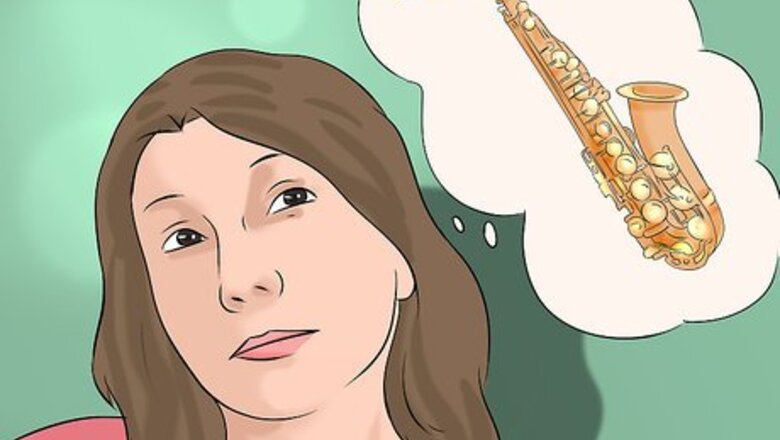
views
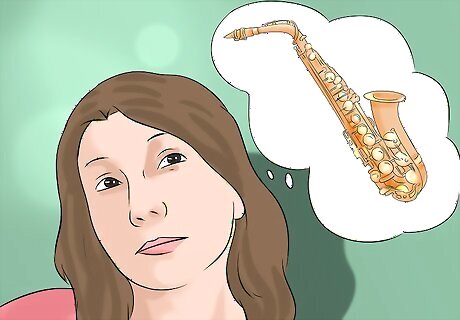
Be committed. If you're still unsure as to whether or not you're going to start playing, it's better to renting or borrowing before spending the money to own one. There's no reason to spend several hundred dollars on an instrument only to have it collect dust.
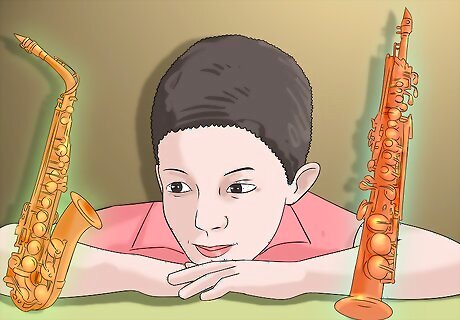
Choose a type of saxophone. Beginners, especially in school programs, generally start on alto. Once you learn the alto, you can explore the Tenor, then the low tones of the Baritone or the high notes of the Soprano saxophones. Altos are the generally the cheapest and are a suitable size for all learners. They are also more common in performing ensembles. The tenor saxophone is larger and more expensive, but still fairly affordable. The Baritone saxophone is the biggest and most expensive of the common four (soprano, alto, tenor, baritone) with basic models costing over $5,000 and professional models costing over $7500. The soprano saxophone generally costs $2,000-$3500 for a basic model and $3500 and up for professional models.

Do your research. "When in doubt, go with Yamaha." Yamaha is known for making decent quality, affordable student models of most instruments. If you decide to purchase a Selmer Paris, make sure it is Selmer Paris not Selmer USA; they are completely different. Selmer Paris saxophones have a wreath in the logo, whereas Selmer USA says Selmer. Selmer USA has generic hard cases with there logo while Selmer Paris has a more soft case. There are also other brands that specialize in saxophones, such as Jupiter's 669 student alto saxophone, or Cannonball's beginner Alcazar models. You can research online, talk to saxophone-playing friends or relatives, or find a saxophone teacher and ask for their input. Shop around for prices, and consider buying used. Also, look for music stores in your area which may sell several different brands and types of saxophone. If you can't get to a music store, you can also try shopping online, but it would be best not to go with eBay. If you do, be sure that you know what you're doing. Ask a more experienced saxophonist to take a look at the product you receive.
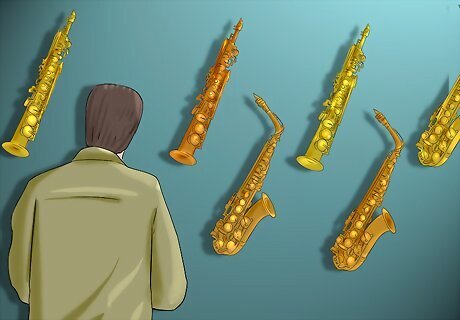
Decide if you'll be going with a new or used instrument. Used saxes from a reputable store can be in great shape, but cost considerably less than new horns. Some stores offer "levels" of "used-ness", so you can get a really used instrument for a few hundred dollars, a slightly better one for a little more, and a gently used one for another hundred or so. Keep in mind that the most used ones might need more in repairs than you would spend on a slightly less used one, so try to go at least one "level" up from the worst of the bunch.

If you are buying from a store, arrange an appointment (if necessary) to come in and play-test instruments. Even if you have just started playing the instrument, play testing can't hurt, as you will be able to notice at least the worst of problems and you'll get a feel of which saxes "feel" best to you. If you want a second opinion, bring a more experienced player with you.
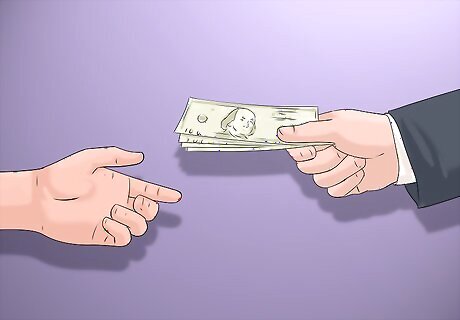
Buy your saxophone. Make sure that the sax either comes with, or you also buy, the following: a case, a neck, a mouthpiece, and a ligature (which will probably come with the horn), a neck strap, a swab, reeds, and method books. Your teacher or school may have specific requirements for these, so ask ahead of time!
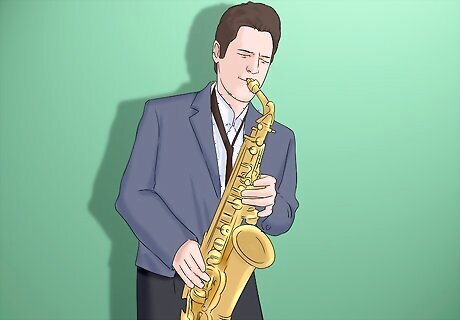
Enjoy playing your new saxophone.

















Comments
0 comment